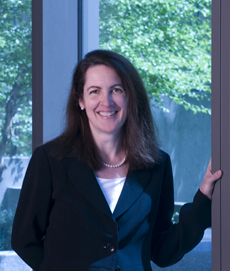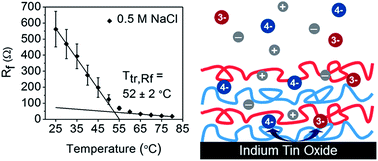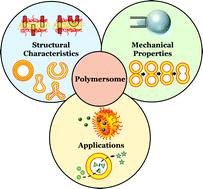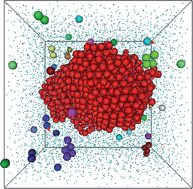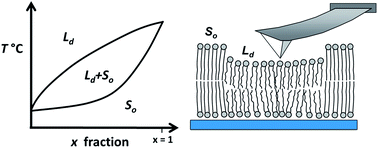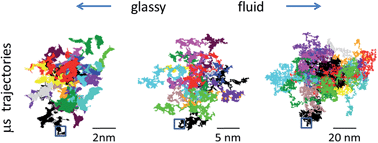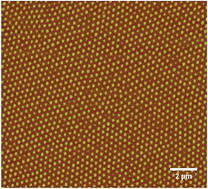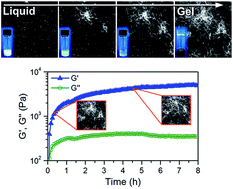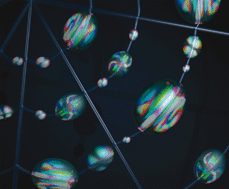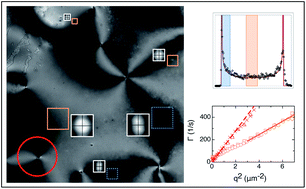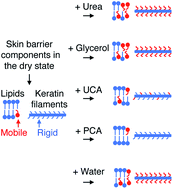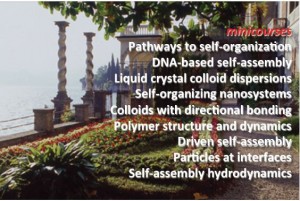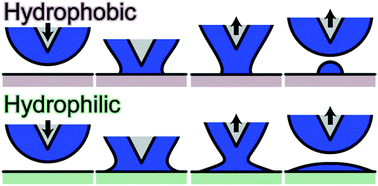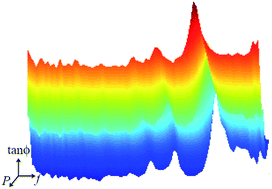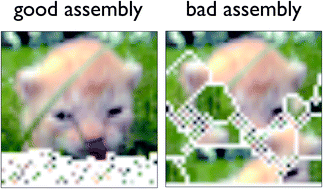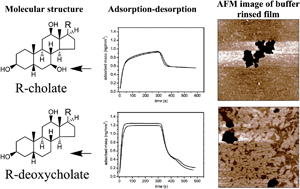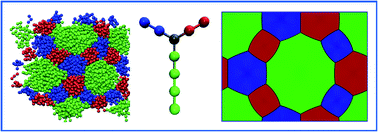Researchers have devised a new method to transport micro cargo – by attaching it to chains of colloidal particles that wiggle their way through liquid crystals.
The research team, led by Hiroshi Orihara from Hokkaido University, Japan, and Christian Bahr from the Max Planck Institute for Dynamics and Self-Organization, Germany, created colloidal ‘caterpillars’ from surface-modified silica particles which self-assemble into chains when placed in a liquid crystal medium. To make them move, the team exploit an effect called electrohydrodynamic convection (EHC), where the application of an electric field creates a convective pattern of parallel rolls within the medium. The caterpillars travel in an undulating motion across successive rolls, driven by a combination of hydrodynamic flow and electric field effects. Excitingly, the caterpillars can be attached to and used to transport larger particles and liquid droplets, which are in themselves too big to be moved by the EHC rolls.
To read the full article visit Chemistry World.
Colloidal Caterpillars for Cargo Transportation
Yuji Sasaki, Yoshinori Takikawa, VSR Jampani, Hikaru Hoshikawa, Takafumi Seto, Christian Bahr, Stephan Herminghaus, Yoshiki Hidaka and Hiroshi Orihara
Soft Matter, 2014, Accepted Manuscript
DOI: 10.1039/C4SM01354A, Paper











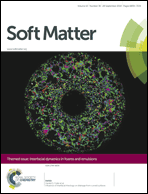 Issue 36 of Soft Matter is a very special
Issue 36 of Soft Matter is a very special 